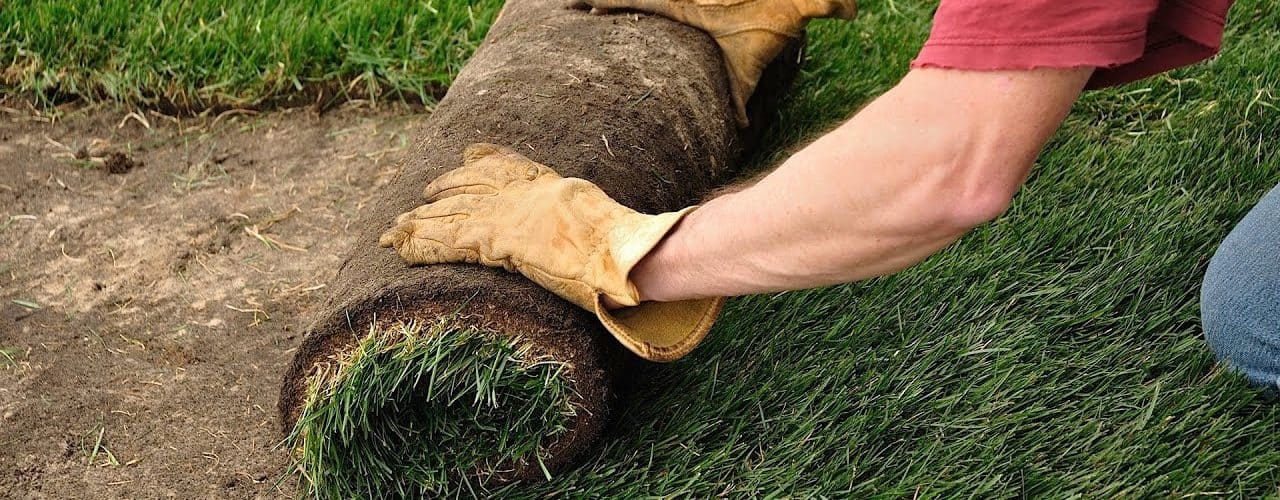A green and lush lawn is the ultimately complement to any kind of landscape a home may have. Whether your children enjoy playing on the grass and running barefoot on it or whether you simply want to lay on it on a cool spring evening, you can offer a thriving lawn to make a smooth carpet of wondrous grass for the entire family to love.
It can be a whole wealth of work to plant a brand new lawn, so make sure you take the time to carefully plan everything out. You are going to want to plant a lawn that will thrive for many years after it grows. To plant a lawn from scratch, you are going to need a soil test kit, elemental sulfur or lime, 10-10-10 or 8-8-8 fertilizer, a large bucket, moist peat moss, a rototiller, seeds for grass, lawn spreader, a rake, lawn roller and some hay.
- Go to a local garden center and get a soil test kit. The purpose of this kit is to determine whether or not the soil on your lawn is capable of letting grass thrive on it, which is determined by its pH level. Most grasses will thrive in soil with a pH level of six to seven. If the pH level is less than that range, you will want to put some lime into the soil. On the other hand, you will want to put some elemental sulfur into the soil if it has a higher pH level than seven.
- Look at the directions on your lawn spreader package and follow them. Spread your lime or your elemental sulfur so that you can regulate the pH level of the soil. From there, you should include a total fertilizer – either 10-10-10 or 8-8-8 will work fine – over the area that you intend to seed. Every 1,000 square feet should get anywhere between 20 and 40 of fertilizer.
- Take your moist peat moss and dump it into your large bucket. Apply it across your whole seedbed so that it is one or two inches deep.
- Take your rototiller and turn the earth about six inches deep. Remove and discard any debris, sticks or rocks you dig up.
- Take a rake from your shed and rake it until it is smooth. Allow small crevices and cracks to remain so it can grab your grass seed. Use the lawn roller over your seeding area so the soil can remain firm.
- Put the grass seed into the lawn spreader. Depending on the kind of spreader you intend to use for this kind of project, you may not necessarily be able to hold too many seeds at one time. Spread the seeds for the grass across the soil you prepared. To do this, push the spreader in a motion going from north to south. Do this again from east to west. This is to ensure that you cover every last part of the seedbed.
- Get the rake and smooth out the area again, this time lightly covering an eighth of an inch of soil, effectively covering about half of the seeds. Let the rest of the seeds remain uncovered so that they can germinate.
- Repeat step six, which will guarantee that you have a strong system of roots.
- Put a light coat of hay over the seedbed, which will effectively conserve moisture until you notice germination. The hay also allows the seeds to remain in place in the event that a heavy rain occurs.
- Thoroughly water the lawn, such that it gets a full inch or two deep into the soil. This will promote the growth of the roots to be strong. After this initial soak, you will want to lightly water the whole lawn multiple times a day. After a week, do it once a day.
<>



